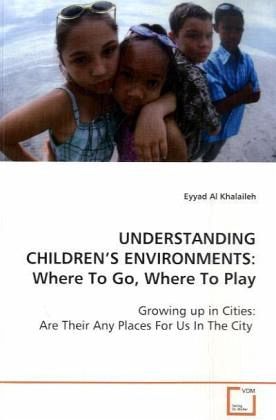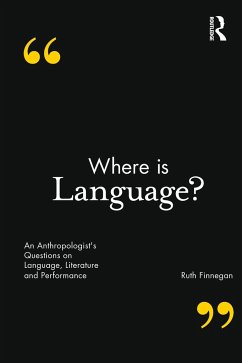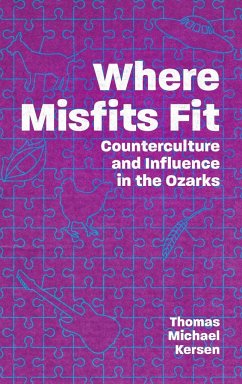
UNDERSTANDING CHILDREN S ENVIRONMENTS: Where To Go, Where To Play
Growing up in Cities: Are Their Any Places For Us In The City
Versandkostenfrei!
Versandfertig in 6-10 Tagen
52,99 €
inkl. MwSt.

PAYBACK Punkte
26 °P sammeln!
Watching children play in the outdoors is inspiring: climbing trees; discovering insects, animals and birds; running and shouting; playing games; letting their imaginations run wild; and story-telling. We can relate to this as adults because we were all children once. However, children s ability to experience the outdoor environment is under threat. Fear and risk, lack of investment, overcrowding and poverty are all restricting their opportunities to spend time outside.Children are a powerful symbol of the future. They provide us with a compelling reason to improve the urban environment. This ...
Watching children play in the outdoors
is inspiring: climbing trees; discovering insects,
animals and birds; running and shouting; playing
games; letting their imaginations run wild; and
story-telling. We can relate to this as adults
because we were all children once. However,
children s ability to experience the outdoor
environment is under threat. Fear and risk, lack of
investment, overcrowding and poverty are all
restricting their opportunities to spend time
outside.
Children are a powerful symbol of the future. They
provide us with a compelling reason to improve the
urban environment. This symbolism has not been lost
on policy-makers. The most widely accepted
definition of sustainable development is the one
used in the 1987 Brundtland report : Development
that meets the needs of the present without
compromising the ability of future generations to
satisfy their own needs . Yet, despite the frequency
with which they feature in environmental discourse,
children have played only a passive role in the
development and implementation of urban and
environmental policies.
is inspiring: climbing trees; discovering insects,
animals and birds; running and shouting; playing
games; letting their imaginations run wild; and
story-telling. We can relate to this as adults
because we were all children once. However,
children s ability to experience the outdoor
environment is under threat. Fear and risk, lack of
investment, overcrowding and poverty are all
restricting their opportunities to spend time
outside.
Children are a powerful symbol of the future. They
provide us with a compelling reason to improve the
urban environment. This symbolism has not been lost
on policy-makers. The most widely accepted
definition of sustainable development is the one
used in the 1987 Brundtland report : Development
that meets the needs of the present without
compromising the ability of future generations to
satisfy their own needs . Yet, despite the frequency
with which they feature in environmental discourse,
children have played only a passive role in the
development and implementation of urban and
environmental policies.












